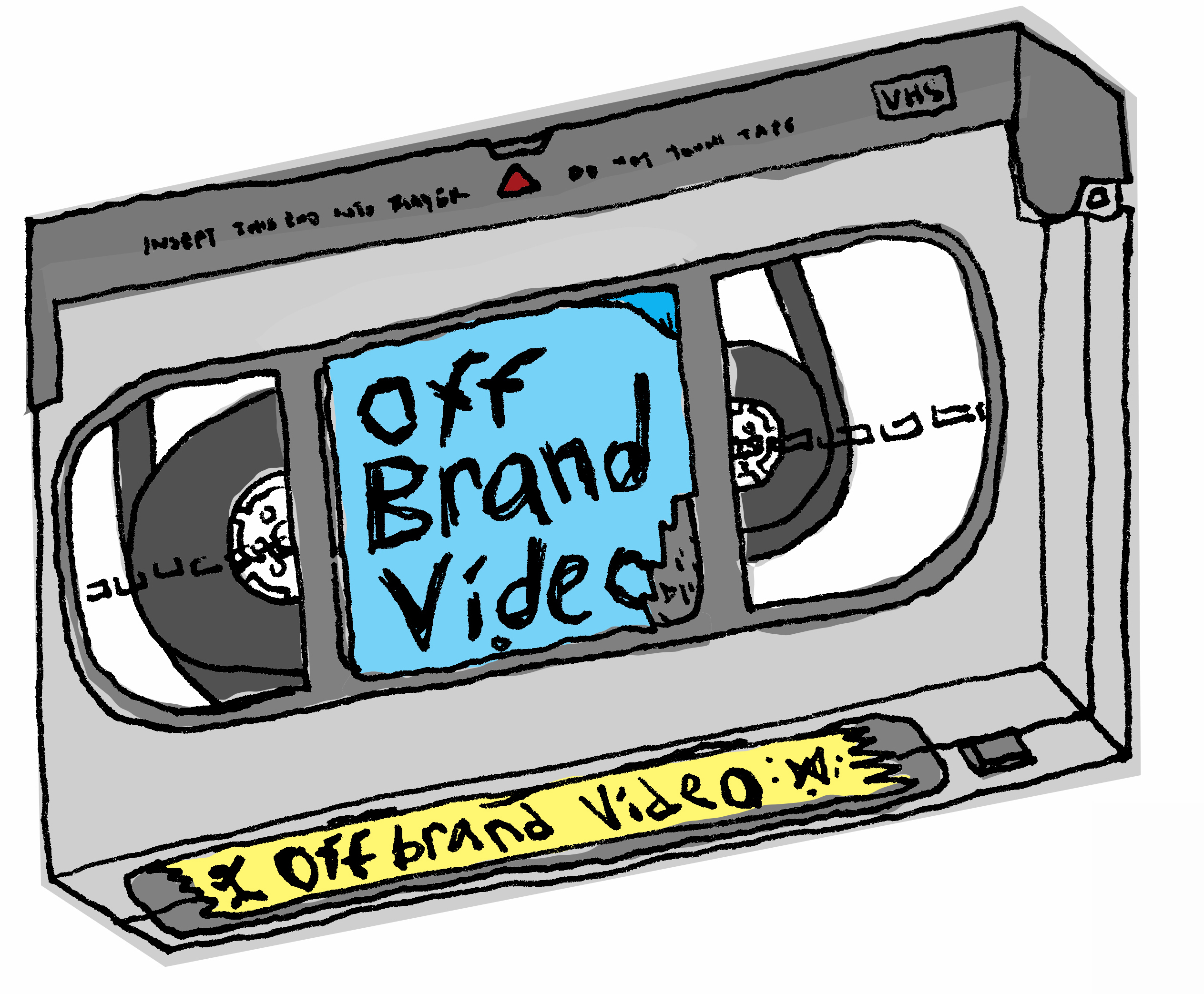
An orchestra spews classical fanfare as the camera slingshots backwards across oceans. Are those timpani and woodwinds blasting full volume from Earth, or emanating from the cosmos itself? A gold “U” spins into frame, then an “N,” an “I,” and for a moment, it appears as if the solar system has commissioned its own gargantuan rotating Hollywood sign: “UNIVERSE” in prominent sans serif. But no. There’s an “A,” an “L.” This planet is “UNIVERSAL,” this land is made for you and me: “AL” of us. The orchestra climaxes into space. Both in awe and at ease, the viewer is ready, primed for our feature presentation.
Every Universal Studios film has opened with this planet/symphony/text combo, in some fashion, since 1914. These gambits, ten seconds or so of durational corporate logo, have ingrained themselves within each attendee of the international multiplex. They say, “We, a company, funded this dream, and here’s a subliminal reminder that your mental associations with our company should also be dreamlike.” Artist Claudia Bitran knows that all Hollywood studio intros shoot for the twin stars of spectacle and comfort. To fall short in either category would break the cinematic spell.
Bitran proposes a third possibility: Can one fail and deliver the perfect balance of awe and ease? In “Intros,” she replicates corporate grandeur on a shoestring, constructing each sequence of mountain peaks, stars, suns, and moons from paper, not heaven. Her Warner Bros logo floats on a stick before a cardboard sky. Her 20th Century Fox a cappella drumroll has more in common with pursed-lip fart noises than a night at the opera. Whereas studios intend to supplant the viewer’s imagination with a flawless product, Bitran presents fissure, more interested in dream’s other definition: the aspirational.
“Intros” signals a pivot from Bitran’s early work to her current projects, from copying as a way to expose power structures to copying as a method of transcendence. Her 2012 recreation of Britney Spears’ music video for “Toxic” occurs within what is obviously a tiny papier-mâché tube. She forgets dance moves, glances off camera for cues that never come. When static devours her backing track, she’s totally crew-less, and must walk offset to fix the problem herself, slicing through green screen artifice. Bitran, and Spears herself, can only aspire to the touch the sky. A star is born in editing, in production value, in studio funding. But though Bitran’s “Toxic” punctures the bubble of spectacle, it doesn’t necessarily comfort. “At this point, I want my work to be moving,” Bitran says, a goal she set for her current project, to be released soon: a shot-for-shot remake of...
You have reached your article limit
Sign up for a digital subscription and continue reading all new issues, plus our entire archives, for just $1.50/month.
Already a subscriber? Sign in




